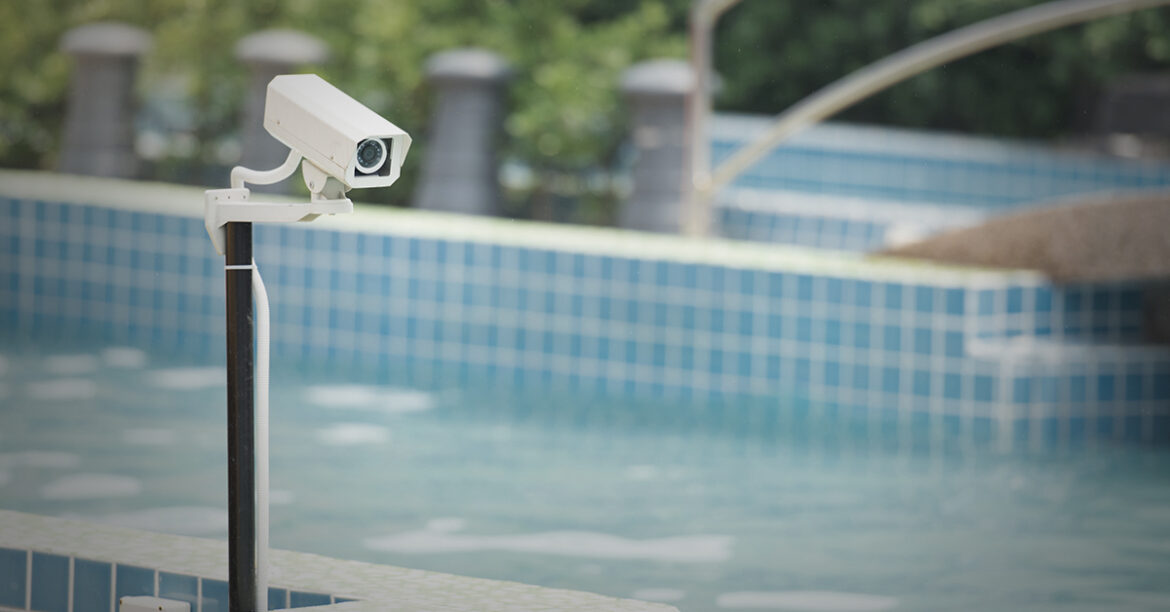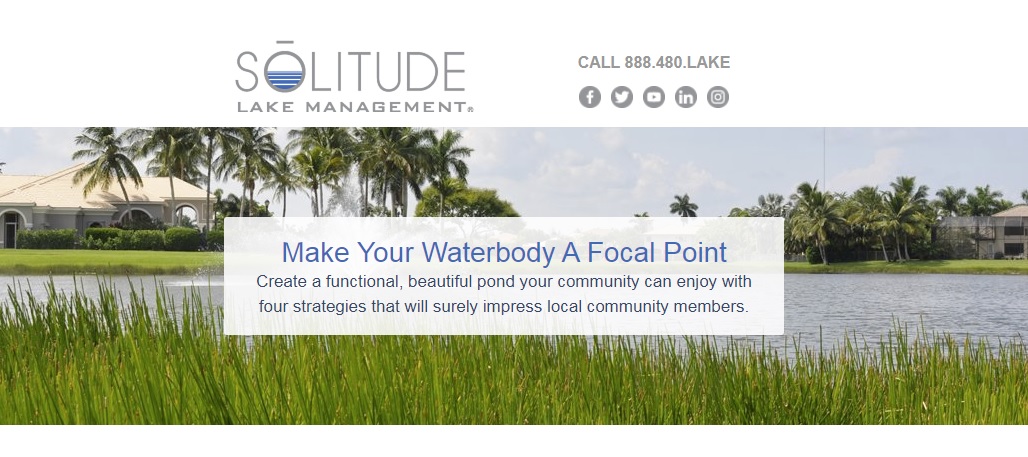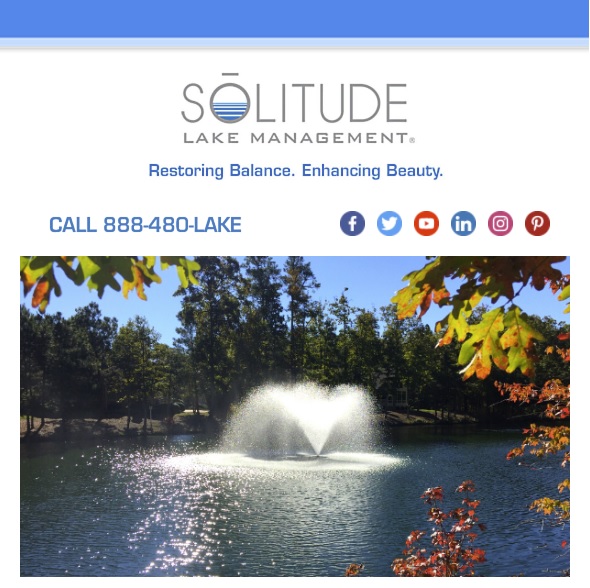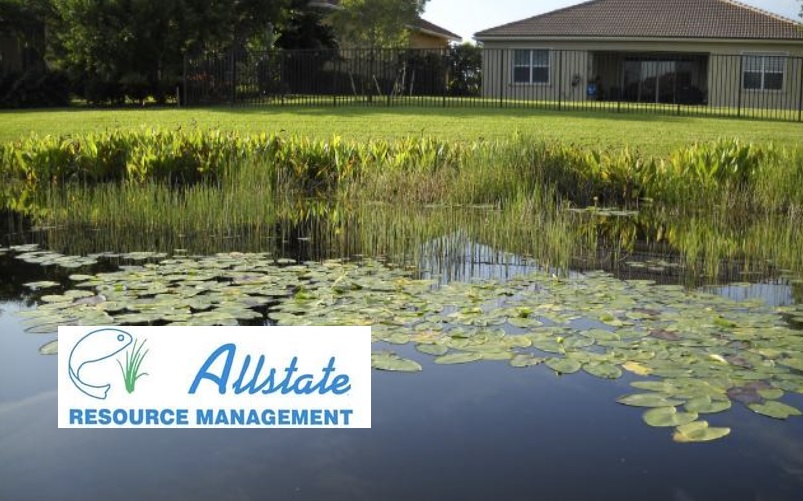The telecommunications industry says the upgrades are needed by 2020 to meet the demand for faster internet speeds, smart cities, driverless vehicles, instantaneous 3D downloads, the “Internet of things” where machines talk to machines, and more.
The battle between infrastructure needed for fast digital service and property rights may soon come to communities across Palm Beach County. Right now, it’s playing out in Tallahassee courtesy of legislation before lawmakers.
“It’s a ticket for multi-billion dollar wireless communication companies to come into a city and do as they please in city right of ways,” said Riviera Beach Councilwoman Dawn Pardo.
The brewing fight is over technological advances. First there was 1G wireless technology, for “first generation,” and as telecommunications technology evolved, 2G, 3G, 4G and 4G LTE came to be. Now 5G, a fifth generation network technology allowing greater connectivity at higher speeds for many more devices, is on its way.
To place the infrastructure needed for 5G service, a proposal pending in the Florida Legislature would limit state and local control of public rights-of-way where the 5G equipment is being installed.
SFPMA feels that with the proposal in the Florida Legislature with some changes is what we need to advance this to all of our Florida communities, this upgrade is for reliability “If you are stranded in an heavy traffic area or one that has many customers using services at one time it slows down and this brings problems” Can you get through in an emergency? We have members right now that offer Building Owners the ability to place towers, on rooftops and other locations with need to advance the networks. Many of our building members can make money each month by the placement of these on the properties and in the communities they own and manage.
Senate Bill 596 sponsored by Sen. Travis Hutson, R-Palm Coast, and House Bill 687, sponsored by Rep. Mike La Rosa, R-St. Cloud, would create the Advanced Wireless Infrastructure Deployment Act and prohibit the Florida Department of Transportation and local governmental entities from prohibiting, regulating or charging for collocation of small wireless facilities in public rights-of-way.
Municipalities say the bill is one-sided, would take away their ability to control where 5G equipment is installed and totally favors telecommunications giants such as AT &T, Verizon and Sprint. The companies want the right to install their equipment on utility poles, light posts, signs and traffic arms in rights-of-way.
Pardo was one of about a dozen officials from cities and counties across Florida, including Miami, Fort Lauderdale and St. Petersburg, who spoke against the bill before the Senate Committee on Communications, Energy and Public Utilities in Tallahassee on March 7.
Pardo told the committee the bill would eliminate residents having a say in the location of 5G facilities.
Currently, Riviera Beach requires “stealth designs” that are unobtrusive, and has other rules as well. The city doesn’t allow the equipment within residential communities.
“We have a couple of these wireless companies proposing to put towers in residential communities without any input from the public. This is unacceptable. This bill allows companies to put as many towers as they want,” Pardo said.
 The proliferation of poles and equipment on rights-of-way would jeopardize public safety, entice kids to climb up the poles and create more debris when a hurricane hits, Pardo said.
The proliferation of poles and equipment on rights-of-way would jeopardize public safety, entice kids to climb up the poles and create more debris when a hurricane hits, Pardo said.
Riviera Beach has spent a “couple million dollars” to bury utility lines, Pardo said, adding, “Then the next thing you know, we have these 100-foot poles in the middle of the sidewalk.”
Both bills have passed their first round in the Senate Committee on Communications, Energy and Public Utilities and the House Subcommittee on Energy & Utilities.
While the bills deal only with “small cells,” the suitcase-size to small refrigerator-size building blocks of the 5G system, some companies are also submitting applications for poles as high as 120 feet.
The telecommunications industry says the upgrades are needed by 2020 to meet the demand for faster internet speeds, smart cities, driverless vehicles, instantaneous 3D downloads, the “Internet of things” where machines talk to machines, and more.
Houston-based Crown Castle, the nation’s largest provider of wireless infrastructure, sought to install 50 to 60 poles all over Riviera Beach, but in September 2016 the city passed an ordinance regulating them. The equipment boxes must be grouped together in a single location and spaced a minimum of 2,000 feet from each other unless technical documentation is provided by the applicant and approved by the city management. If more than six poles are to be located within one linear mile of a city block, the manager must notify the council.
Crown Castle installed four poles prior to the regulations. Mobility had planned to install numerous 120-foot poles, but Riviera Beach’s ordinance does not allow the poles to be over 35 feet. That’s got municipal leaders worried.
Eric Poole, deputy director of public policy at the Florida Counties Association, spoke about SB 596 before the committee. The committee passed the bill on preliminary reading.
“This bill is a one-way street. It says the telecommunications industry can come into any county and city and require us to give them a permit to co-locate one of their small cell packages on any of our utility poles, light posts, signs or traffic arm signals. We can’t tell them no,” Poole said.
Poole said he first became aware of the 5G issue about 10 months ago when a wireless infrastructure provider submitted an application in a Florida county he did not mention by name, and said it had the right to use the right-of-way. In the past, such installations were typically done on private property, not on public rights-of-way.
The proposal states that if the local government doesn’t approve or deny the telecommunication company’s application within 60 days, approval is automatic. The maximum fee the companies can be charged for use of each right-of-way is $15.
Some local governments have declared moratoriums while they work with the industry, Poole said. He said his organization doesn’t want to stop smart schools, economic development and other advancements, but that the industry needs to respect home rule authority.
Advocates for the bill included representatives of AT&T, Sprint, Verizon, T-Mobile and other companies, as well as their trade groups.
Bethanne Cooley, legislative affairs director of CTIA, the trade association for the wireless communications industry, said networks need to be updated today to be ready for the next generation of wireless networks.
The fifth generation, 5G, will connect 100 times as many devices and be up to 100 times faster. It could create up to 3 million jobs nationwide over the next seven years, Cooley said.
A January report by the Florida Association of County Attorneys Cell Tower Right-of-Way Task Force states that numerous counties and cities in Florida have been confronted with applications from private companies wanting to place cellular telecommunications towers and small cells in the public right-of-way.
The companies are seeking to classify these cellular towers as tall as 120 feet as “utility” poles, but they are not, the report states.
The Telecommunications Act of 1996 and the Florida Statutes do not support a right of telecommunication firms to force local government to allow placement of cellular communication facilities in the local government’s own right-of-way, the report concludes.
Reposted by: SFPMA for the advancement of our communities. original published by; The Palm Beach Post (West Palm Beach, Fla.) Distributed by Tribune Content Agency, LLC.
Tags:
Common Area Issues,
Legal & Lobbing,
Management News

















 By: Stephen Montgomery
By: Stephen Montgomery

 On June 8, Miami-Dade County allowed fitness centers/gyms to reopen. A look at how one building reopened can provide valuable lessons. The Continuum is a 523-unit luxury condominium in South Beach managed by Marquis Association Management, and it is using a suite of products from BuildingLink to keep residents safe and reduce liability.
On June 8, Miami-Dade County allowed fitness centers/gyms to reopen. A look at how one building reopened can provide valuable lessons. The Continuum is a 523-unit luxury condominium in South Beach managed by Marquis Association Management, and it is using a suite of products from BuildingLink to keep residents safe and reduce liability.



